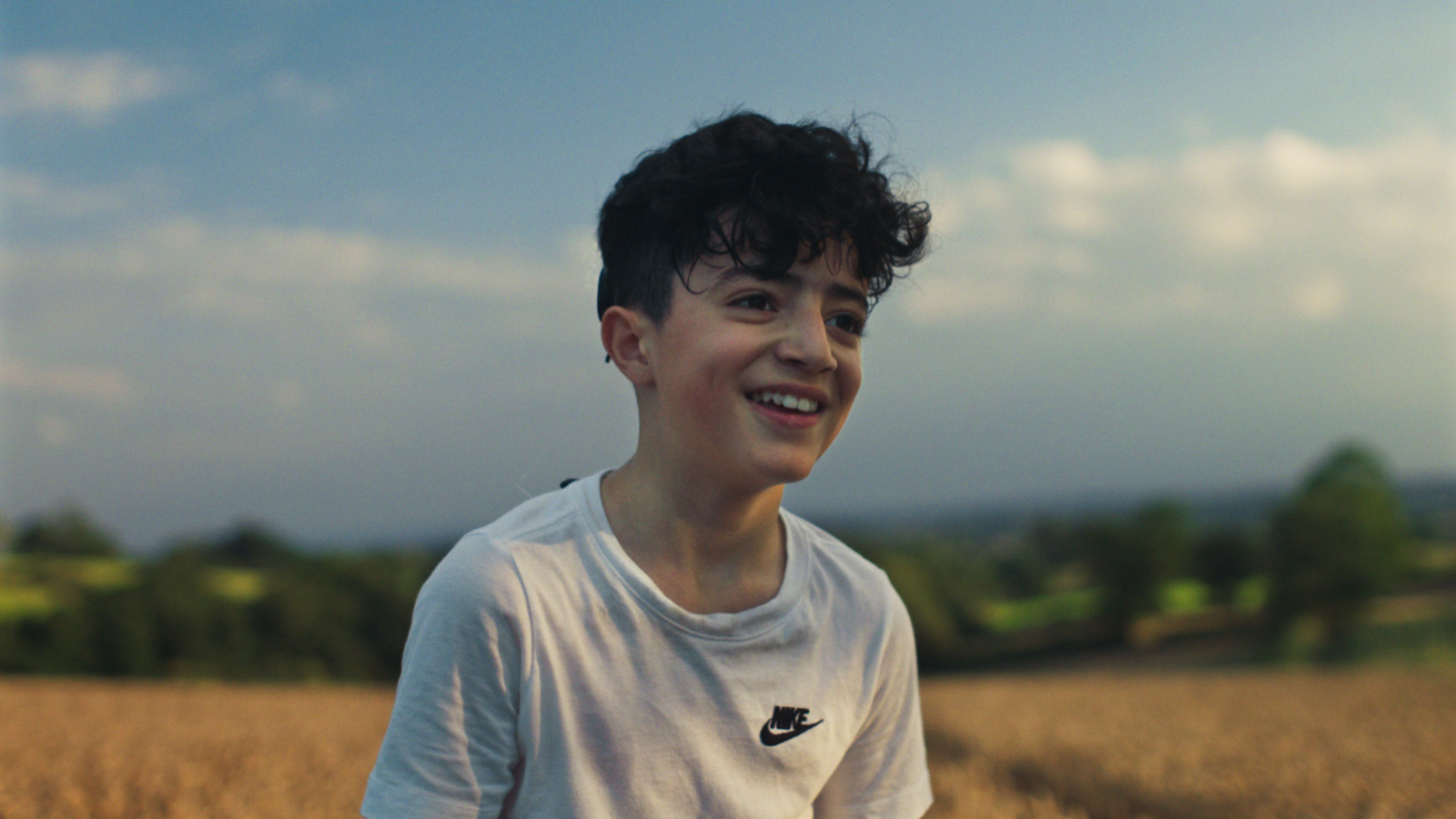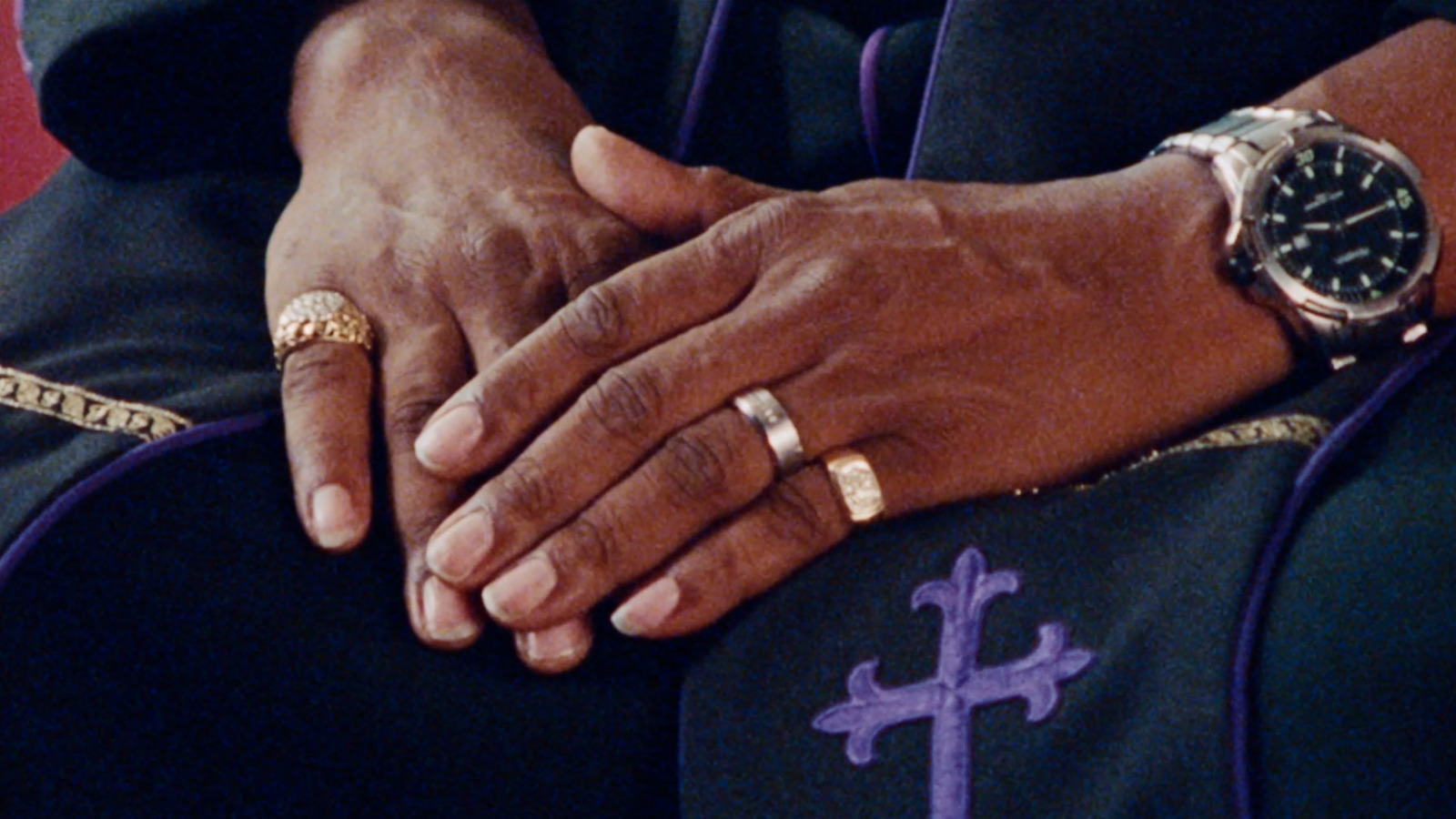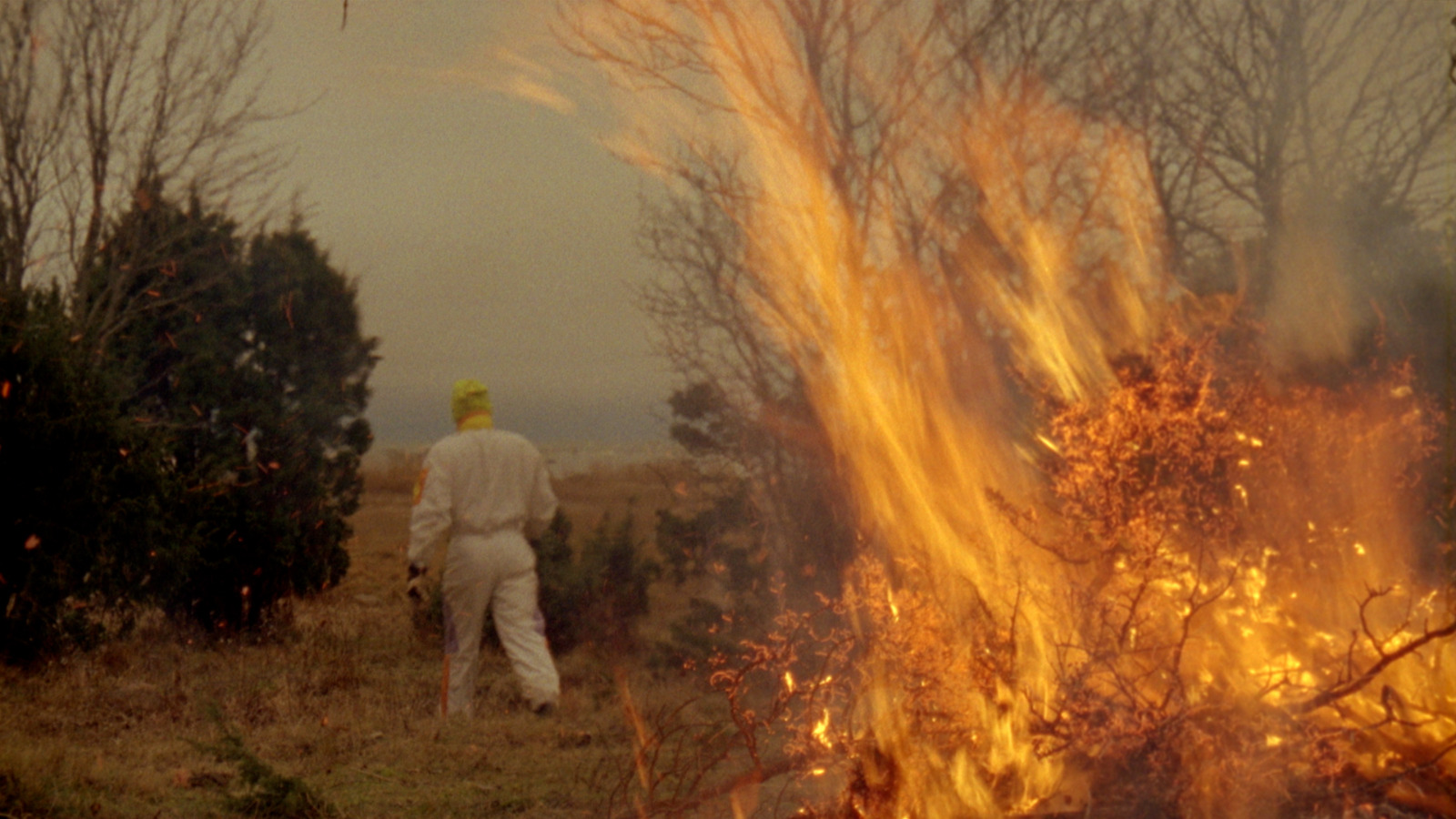Name Me Lawand
(UK, 84 min.)
Dir. Edward Lovelace
Programme: International Spectrum (International Premiere)
“My signing name is ‘Why,’” Lawand Hamad Amin tells a new friend at school. Lawand continues to sign and explains that he’s the inquisitive type. “Why” is a better name than the one that Lawand previously assumed though. As Lawand explains, he thought his name was “Bad” when he was younger. As the lone deaf child in a hearing family, Lawand admits that he struggled to communicate with his parents and brother until recently. His brother, Rawa, describes Lawand in alien terms at the beginning of the film. The family simply lacks the tools for a common language. Until now.
Name Me Lawand tells how Lawand’s family arrived in the UK after fleeing Iraq and making the perilous journey by boat. The film doesn’t get into the details of why they left. It instead focuses on their reasons to stay. Lawand is learning British Sign Language (BSL) and he’s advancing remarkably. With the benefit of a devoted teacher, Sophie, Lawand learns to express himself. Moreover, having a deaf adult like Sophie further boosts his confidence. Lawand simply has few references to deafness in his life. Sophie understands the sense of isolation that informs his early experience. However, she draws upon her own remarkable story—growing up with a single hearing mother who didn’t use sign language—and she reassures Lawand that he’ll never be alone and voiceless again.
A Study in Growth
Director Edward Lovelace and his crew follow Lawand’s journey over four years. They observe extraordinary growth in the boy as he masters BSL. Moreover, the film observes genuine growth in Lawand over the period. His confidence soars. His expressions become more animated, more intelligent, and more introspective. The longitudinal nature of the shoot affords fair evidence for the relationship between communication skills and self-esteem. He even articulates his choice not to speak, finding power in the voice he now knows through BSL. His parents also begin to learn BSL and make earnest strides to ensure that communication is a two-way street.
The film finds special power when Lawand connects with boys his age who are also deaf. They run through the fields of like little bandits, enjoying carefree fun. They relish moments of genuine connection that other social interactions rarely afford. These bonds also make the dramatic turns of the film especially poignant. Lawand’s case gains significant media attention when his family faces deportation. Their story draws the interest of the press, as people sympathize with a child making demonstrable advances through social systems he cannot access back home. Moreover, Lawand’s case connects with a growing political movement to have BSL’s recognition as an official language written into law.
Lawand’s Voice
Lawand gamely rises to the occasion to be an unofficial spokesperson for the cause. He offers in-depth interviews throughout the film. Subtitles allow him to narrate the thoughts that he signs during his conversations with the filmmakers. Lovelace and DP Ben Fordesman capture Lawand’s story through an evocative sense of play. The oft-moving camera evokes a young child’s sense of wonder and curiosity. There’s an effect of constant motion as the film evokes Lawand’s palpable excitement over finally being able to express how he feels. Four editors– David Charap, Shahnaz Dulaimy, Michael Nollet, and David Whitakker—skillfully connect the euphoric visuals with Lawand’s hands as they excitedly sign his story. The film conveys the experience of having an exchange with a signer without missing a beat.
Name Me Lawand feels like a documentary that moves the medium forward. The film sits with recent works like The Reason I Jump, I Didn’t See You There, and The Tuba Thieves in advancing representation for disability on screen. Like these works, though, Name Me Lawand furthers this representation aesthetically and cinematically. It’s a dextrously assembled work that carefully calibrates the journey for everyone in the theatre. Detailed captioning and Lawand’s animated narration evoke the artistic atmosphere, while a layered sound mix by Ed Downham and virtuoso score by Tom Hodge evoke a sense of deafness for hearing audiences. Muffled sounds and reverb force active engagement with the sights and signs on screen.
As a feat of positive representation, though, the heart of the film is obviously Lawand. The documentary is a gripping and inspiring journey fuelled by his unflappable spirit. We’ll surely be seeing more of him in years to come.
Name Me Lawand screens at Hot Docs 2023.
Get more coverage from this year’s festival here.











